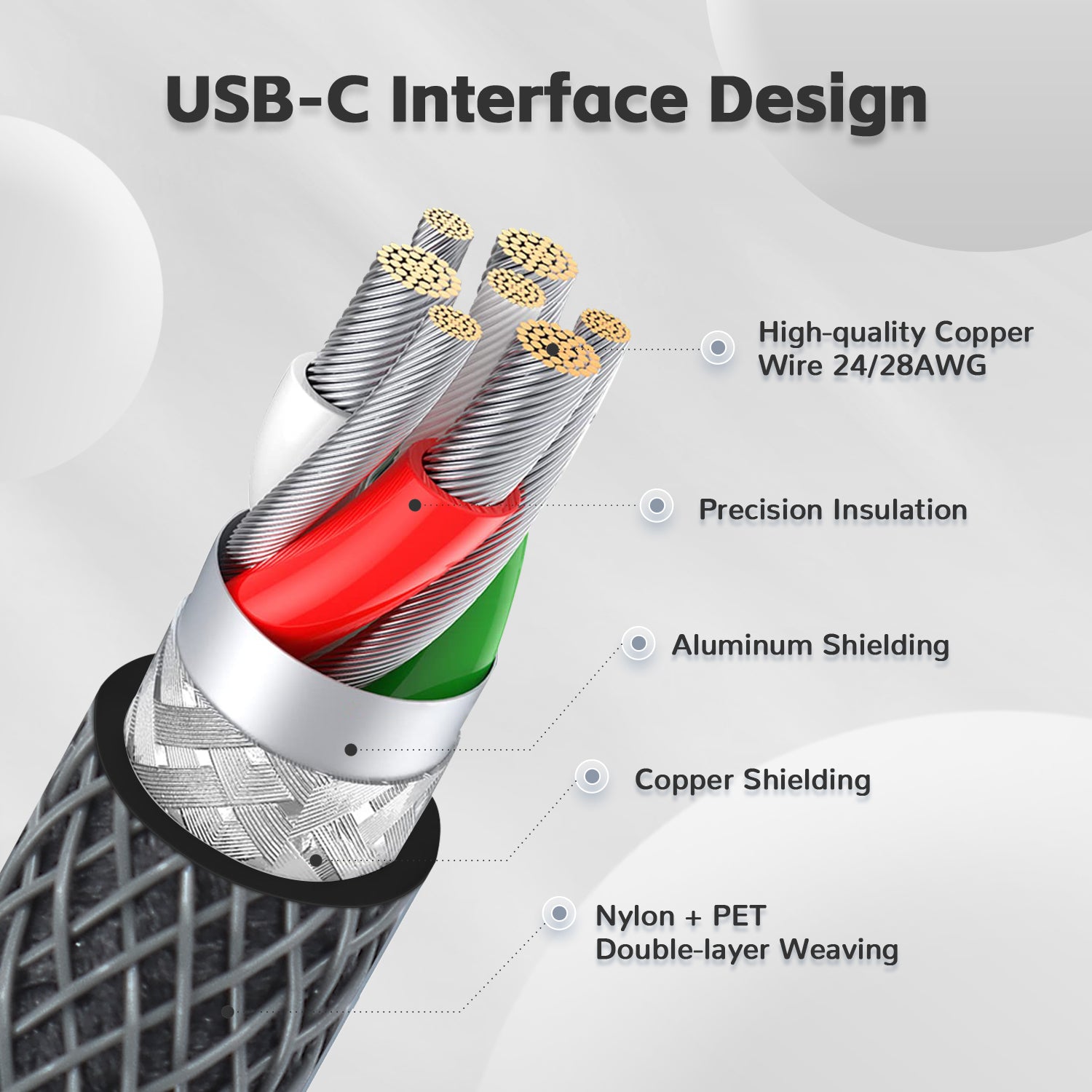Mechanical keyboards have surged in popularity due to their durability, customization options, and tactile feedback. But what exactly makes up these intricate devices? In this article, we will explore the various mechanical keyboard parts that contribute to their unique performance and feel.

Key Switches: The Heart of Mechanical Keyboards
The key switches are arguably the most critical component of a mechanical keyboard. They determine the keyboard's tactile feedback, actuation force, and overall typing experience. There are several types of switches, including:
- Linear switches: Smooth and consistent keystrokes without tactile bumps.
- Tactile switches: Provide a noticeable bump at the actuation point.
- Clicky switches: Offer both tactile feedback and an audible click sound.
Each type of switch caters to different user preferences, making it essential to choose the right one for your needs.
Keycaps: The Interface Between Fingers and Switches
Keycaps are the visible part of the keyboard that your fingers press. They come in various shapes, sizes, and materials, affecting both aesthetics and typing comfort. Common materials include ABS (Acrylonitrile Butadiene Styrene) and PBT (Polybutylene Terephthalate). PBT keycaps are generally more durable and resistant to shine compared to ABS keycaps.
"The choice of keycaps can significantly impact the overall feel and look of your mechanical keyboard."
Additionally, keycap profiles such as OEM, Cherry, and SA can influence the typing experience by altering the height and shape of the keycaps.
Stabilizers: Ensuring Smooth Keystrokes
Stabilizers are essential for larger keys like the spacebar, shift, and enter keys. They prevent these keys from wobbling and ensure a smooth and consistent keystroke. There are different types of stabilizers, including:
- Plate-mounted stabilizers: Attached directly to the keyboard plate.
- PCB-mounted stabilizers: Mounted directly onto the PCB (Printed Circuit Board).
Properly lubed and installed stabilizers can greatly enhance the typing experience by reducing noise and increasing stability.
PCB, Plate, and Case: The Backbone of the Keyboard
The PCB (Printed Circuit Board) is the brain of the keyboard, where all the switches are soldered or hot-swapped. The plate, usually made of metal or plastic, provides structural support and affects the keyboard's acoustics and feel. The case houses all these components and can be made from various materials like plastic, aluminum, or even wood.
For example, the DZ60 RGB V2 Hot-Swap PCB is a popular choice among enthusiasts for its versatility and ease of use.
Choosing the right combination of PCB, plate, and case can significantly impact the overall performance and aesthetics of your mechanical keyboard.
Conclusion
Understanding the various mechanical keyboard parts is crucial for anyone looking to build or customize their keyboard. From key switches to keycaps, stabilizers, and the PCB, each component plays a vital role in shaping the typing experience. By carefully selecting and assembling these parts, you can create a keyboard that perfectly suits your needs and preferences.
For a visual guide, check out this video tutorial on building a mechanical keyboard from scratch.
References
 ```
```







